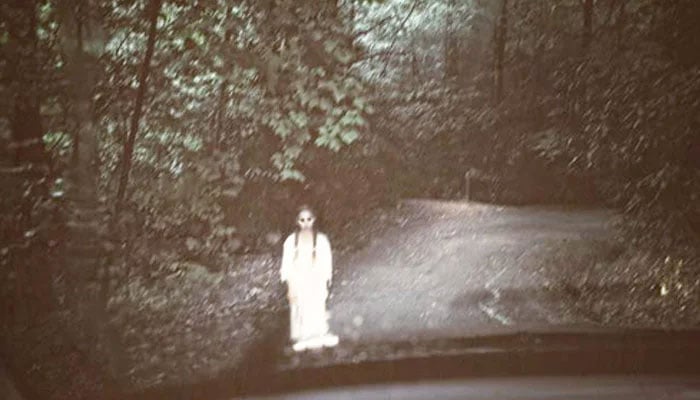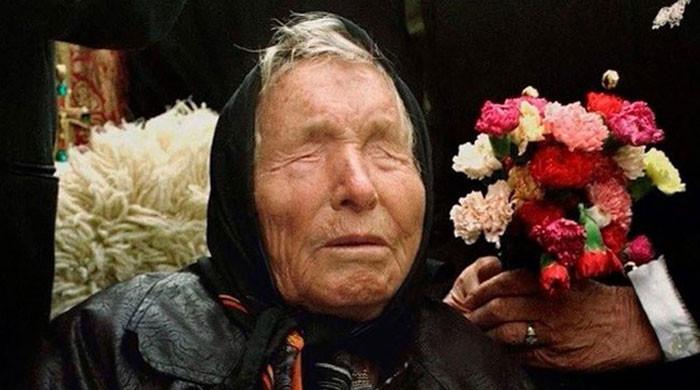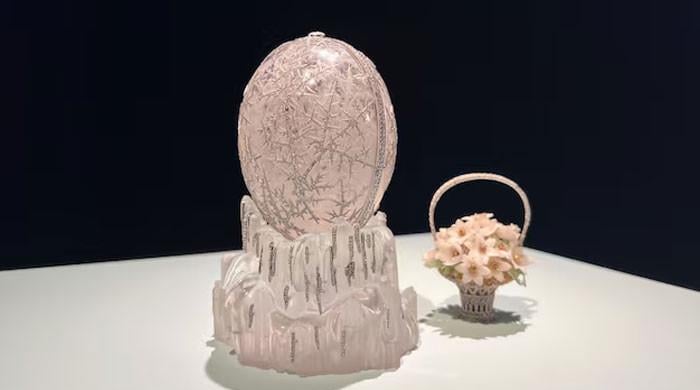Abnormal not paranormal: Ghosts are not real. Here's why science is not spooked
Sleep paralysis, hallucinations and electromagnetic fields are among the major reasons for ghost sightings
August 19, 2023

Two scientists from the Anomalistic Psychology Research Unit at London's Goldsmiths University have provided five rational explanations for why people see ghosts, which - while abnormal - are not paranormal.
Their findings form part of a BBC Three investigation, which has become the latest attempt to try to find a scientific explanation for ghosts and ghouls.
Sleep paralysis
According to Dr Chris French, who heads the Anomalistic Psychology Research Unit at London's Goldsmiths University, many ghost stories can be explained by sleep paralysis.
When people fall asleep, their bodies remain frozen while their brain is active; this can induce rapid eye movement (REM).
In sleep paralysis people can find themselves awake but unable to move.
According to the NHS website, it feels like someone is in your room, or like something is pushing you down.
Dr French says that hallucinations can also arise in a "small percentage" of sleep paralysis cases.
He adds that “sleep paralysis is a kind of glitch in the normal sleep mechanisms.”
“It can be terrifying. One student of mine told me about waking up and there’s a black cat by the side of the bed hissing at him.
"But it had an inverted cat skull with black goo dripping from its mouth.”
Prior belief, context, hallucinations
Dr French underlined three psychological reasons for people's belief in ghosts: Prior belief, context and hallucinations.
When informed about a place being haunted, you notice every chill, creak, and shadow, which is a psychological phenomenon. This is a similar phenomenon to the experience of learning a new word and then encountering it frequently.
He added that “when people hear the word ghost... you visualise ghosts walking through walls and rattling chains.
People do report stuff like that, but it's very rare.
It's much more likely to be more vague sensations.
A sense of presence. Feeling dizzy, changes in temperature shivers up the spine."
French continues that context is also key.
“If you’re shown around an old building and somebody says it’s haunted... you'll notice every little creak and change in temperature in a way you wouldn't have done otherwise.”
Hallucinations are way more common occurrences people think.
“Anybody can hallucinate under conditions like extreme sleep deprivation, high stress or high temperature," he added.
Electromagnetic fields
Dr French adds that electromagnetic fields can also cause disturbances in human brains which can cause hallucinations.
These waves can come from both natural and man-made sources.
Infrared, ultrasonic sound
The world is filled with sounds that often surpass human hearing capabilities, due to their high or low frequencies.
However, these lower frequencies, specifically around 19 hertz, can induce slight vibrations in the human eye, resulting in optical illusions. Professor French and his team conducted an investigation into the impact of electromagnetic fields and concealed sounds on individuals' beliefs in ghosts.
They accomplished this by subjecting participants to both infrasound and electromagnetic activity. French remarked, "People did report unusual sensations in the room." He noted that around eight per cent of participants even reported experiencing feelings of terror.
Interestingly, upon analysis, it was evident that the presence of infrasound and electromagnetic fields had little bearing on the outcomes.
French elaborated that if individuals are primed with the suggestion of encountering strange experiences in a room, those who are more suggestible are likely to perceive them.
However, this effect can be attributed solely to the power of suggestion, rather than any supernatural influence.
Mould
Mould, an unassuming component, is a recurring element in many ghostly sightings. 'Haunted' places frequently exhibit a prevalence of mould, as observed by Dr Shane Rogers, a professor of civil and environmental engineering at New York's Clarkson University.
Rogers observed peculiar behaviour in his children after they were exposed to mould in their home's basement.
The connection between mould and eerie locations became more apparent after Rogers watched numerous TV shows that explored supposedly haunted houses.
Many of these ageing structures, characterised by their creaks, were found to harbour signs of mould.
The Aspergillus mould, often found in damp environments, can induce shortness of breath and lead to the perception of dark shapes drifting across one's vision due to inflammation of the optic nerve.
On the other hand, Stachybotrys, commonly known as black mould, has demonstrated its ability to evoke fear in mice through laboratory experiments.









